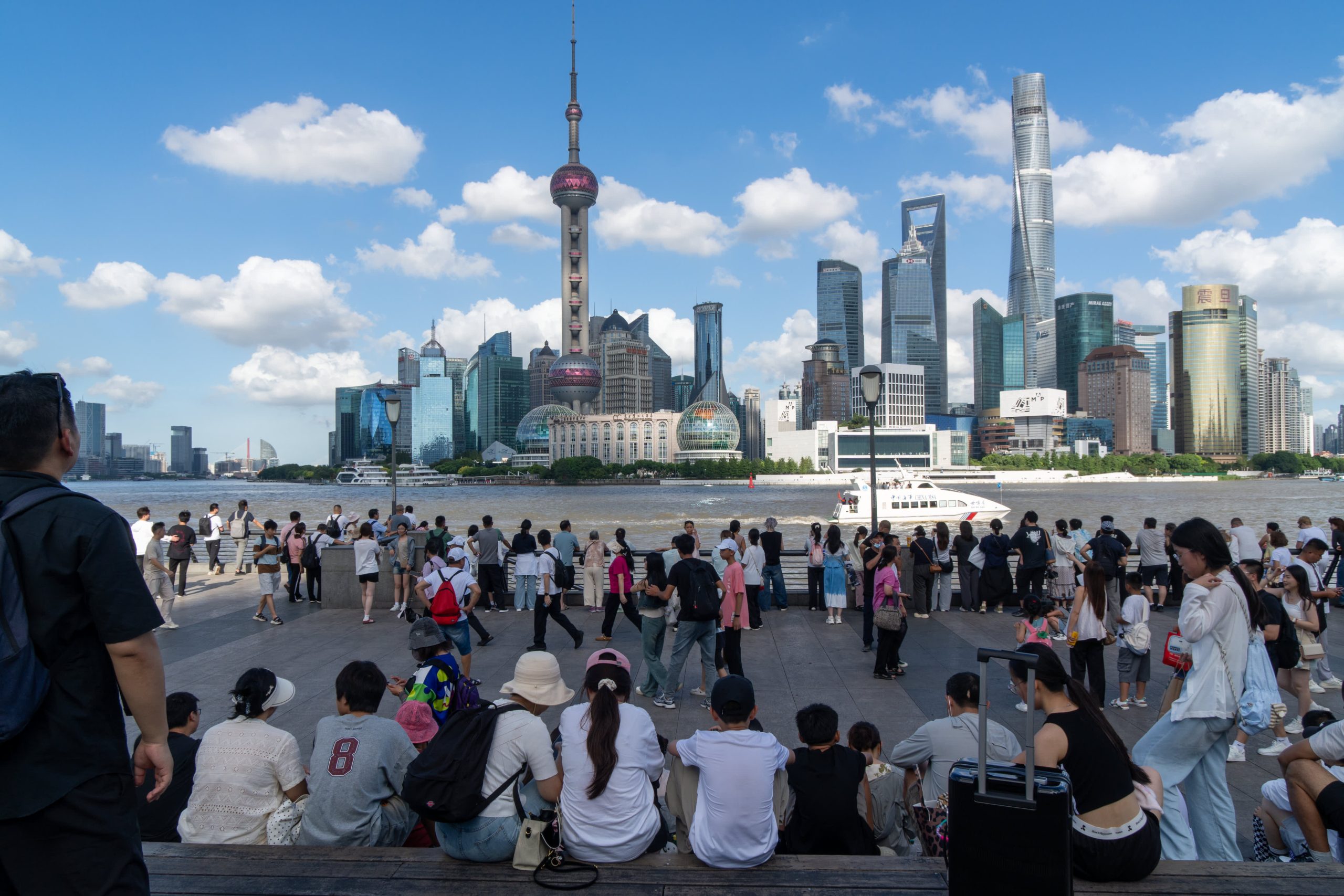China’s economy lost momentum in July, with growth faltering across the board, as weak domestic demand persisted and Beijing intensified efforts to curb excess capacity.
Retail sales last month rose 3.7% from a year earlier, data from the National Bureau of Statistics showed Friday, sharply missing analysts’ estimates for a 4.6% growth in a Reuters poll and slowing from June’s 4.8% growth.
Industrial output rose 5.7% from a year ago in July, its weakest level since November last year, according to LSEG data, and weaker than analysts’ expectations for a 5.9% rise.
Fixed-asset investment expanded 1.6% in the January to July period, undershooting economists’ forecasts for a 2.7% growth and slowing from 2.8% in the first six months. Within that segment, the contraction in property investment worsened, slumping 12% in the first seven months, government data showed.
The statistics bureau attributed the disappointing economic performance to the “ongoing challenges from the complex and unpredictable external environment” and extreme weather. High temperatures, heavy rains and flooding hit several regions across the country last month, forcing factories and construction sites to suspend operations.
According to Goldman Sachs’ estimates, in July alone, investments in fixed assets dropped 5.2% year-over-year, the sharpest decline since March 2020 when the country grappled with the pandemic outbreak.
The government appears “less pressured to step up spending” given the solid growth in the first half-year, said Lisheng Wang, China economist at Goldman. The “contractionary effect” of the ongoing ‘anti-involution’ policies may have gradually kicked in,” Wang added, referring to Beijing’s recent push to rein in the excessive and unsustainable price wars among businesses.
This year, Chinese authorities intensified scrutiny over excessive production in sectors like steel and coal in a bid to curb cutthroat competition that has weighed on businesses’ profitability and worsened deflation.
Separately, China’s survey-based urban unemployment rate in July came in at 5.2%, edging higher after remaining at 5% in May and June. Unemployment rate for those aged between 16 and 24, excluding college students, however, has remained above 14% for a year.
The latest slowdown was expected, as major contributors to the outperformance in the first half of the year, such as government stimulus and pre-emptive trade, are fading out, said Tianchen Xu, senior economist at Economist Intelligence Unit.
China’s economy expanded 5.3% in the first half of the year, on track to meet Beijing’s growth target of 5%. However, economists warned that risks of full-year growth undershooting its target remain, calling for fresh policy support in the second half of the year.
Beijing and Washington on Monday announced that they would extend the tariff pause for another 90 days until mid-November, averting the steep tariffs and allowing more time for both sides to negotiate a durable deal.
Despite the temporary truce, “core disputes — from tech access and critical minerals to industrial policy and geopolitical alignments — remain unresolved,” said Jing Qian, co-founder and managing director of the Center for China Analysis at the Asia Society Policy Institute.
Qian, who advised both governments during the ongoing negotiations, said the “big political trade-offs” are being reserved for a potential summit between U.S. President Donald Trump and his Chinese counterpart Xi Jinping in the coming months.
International: Top News And Analysis
Read the full article <a href="Read More” target=”_blank”>here.



